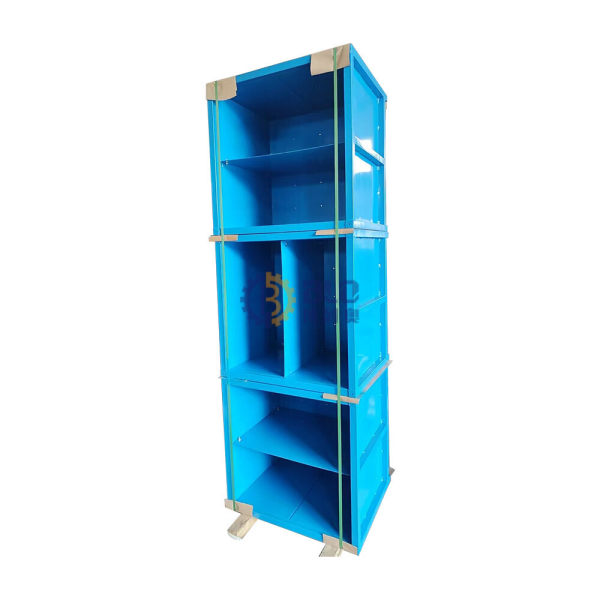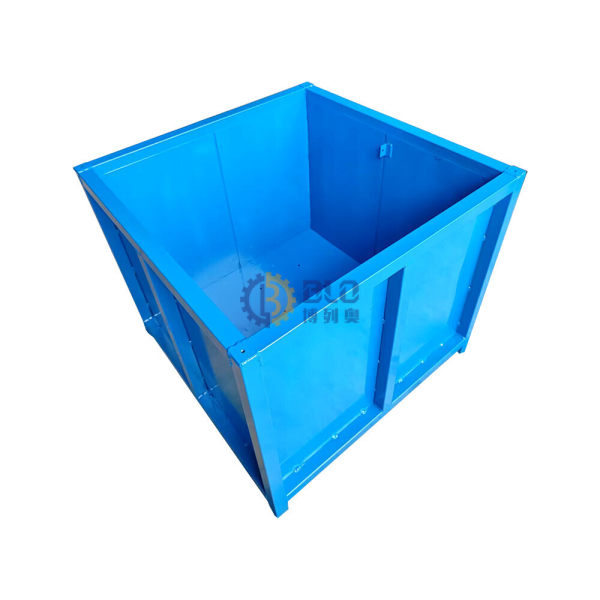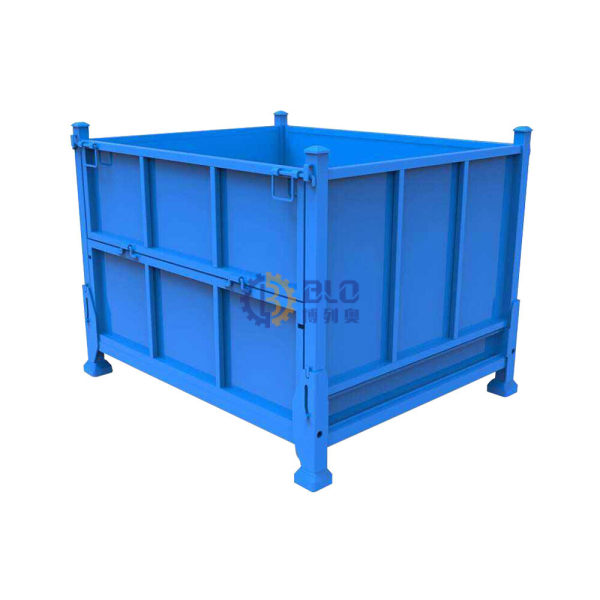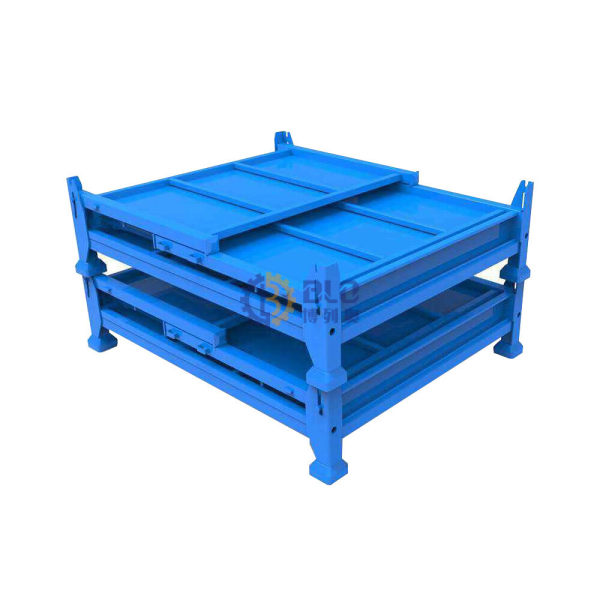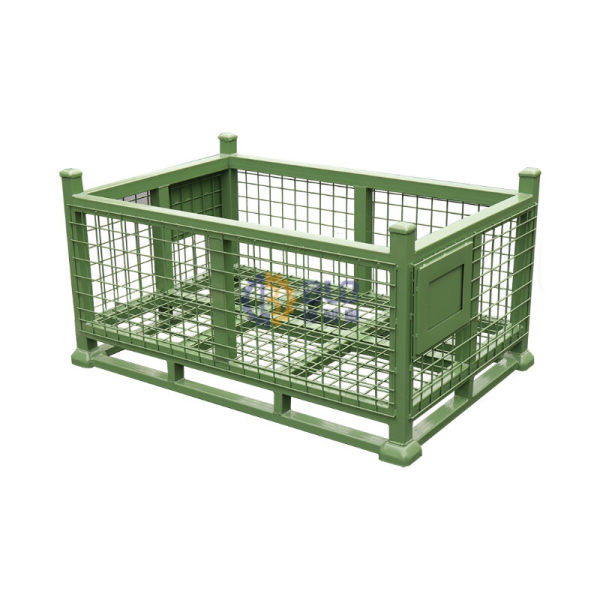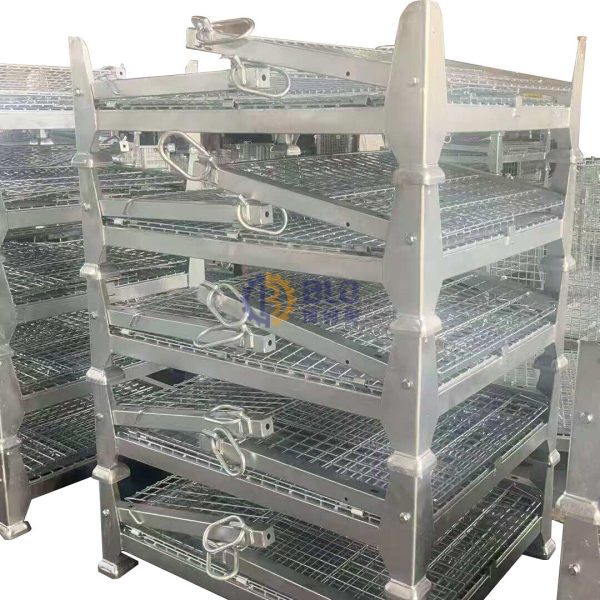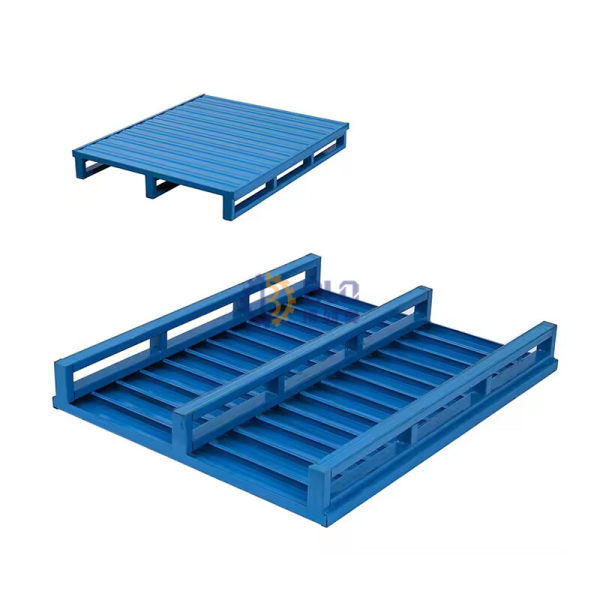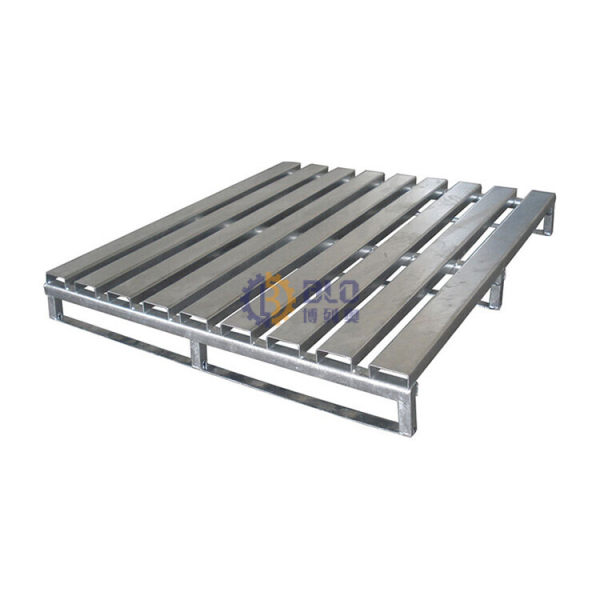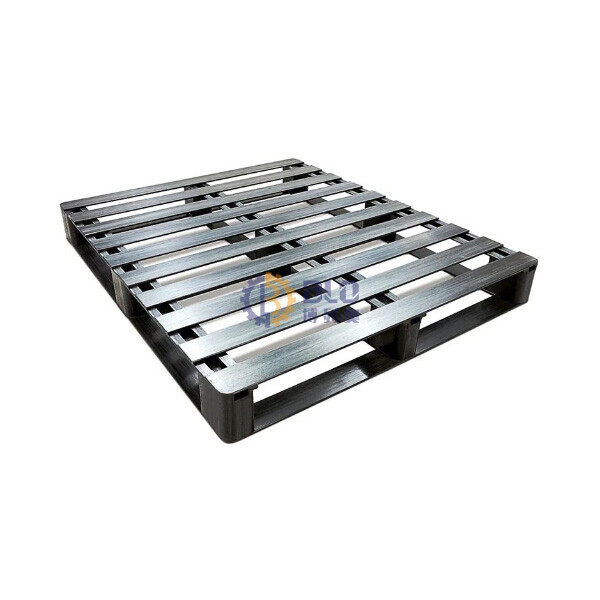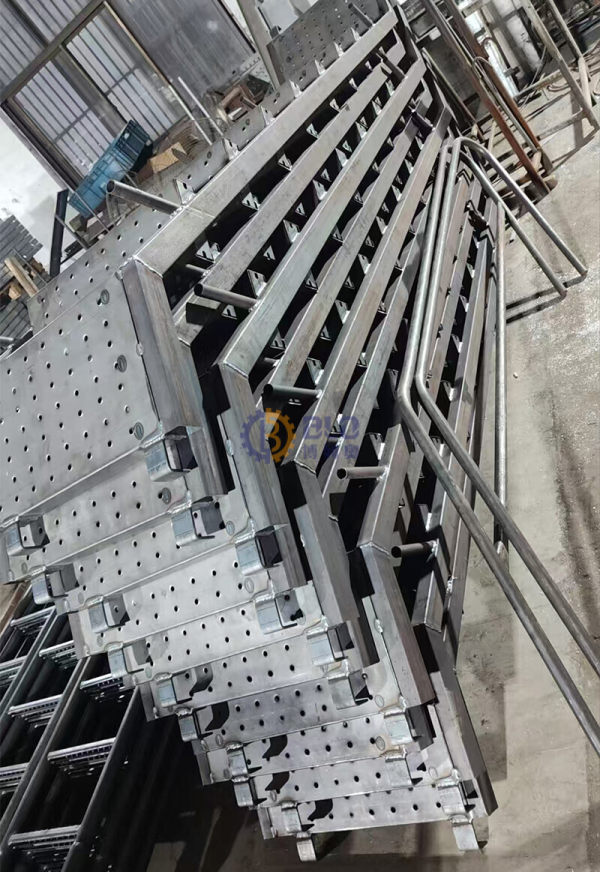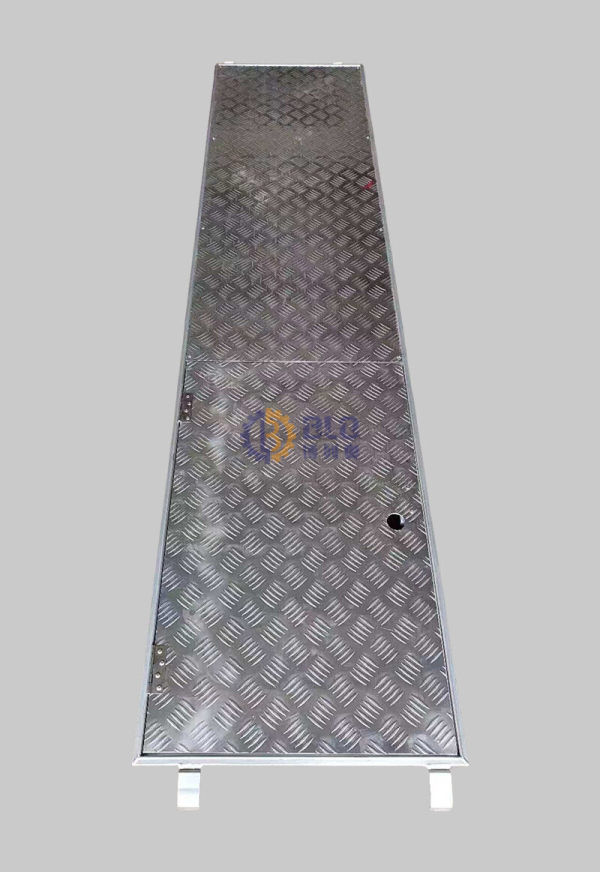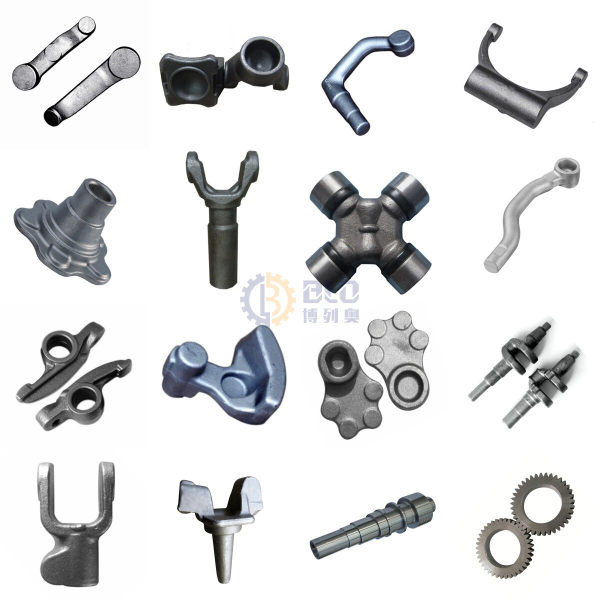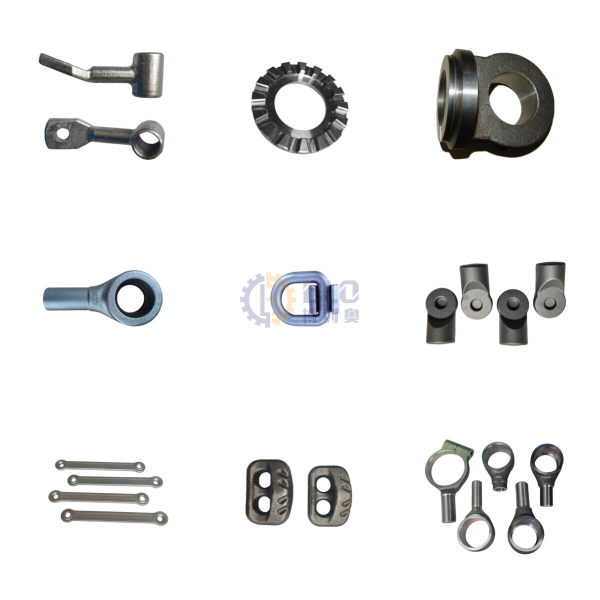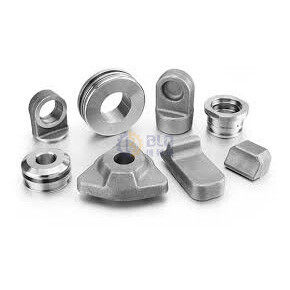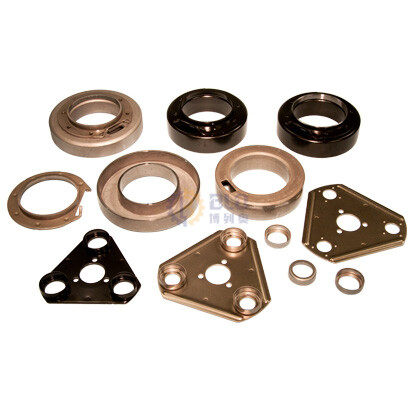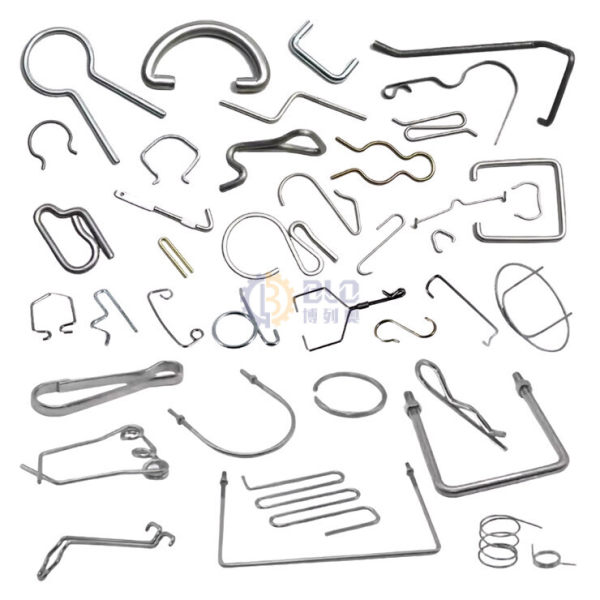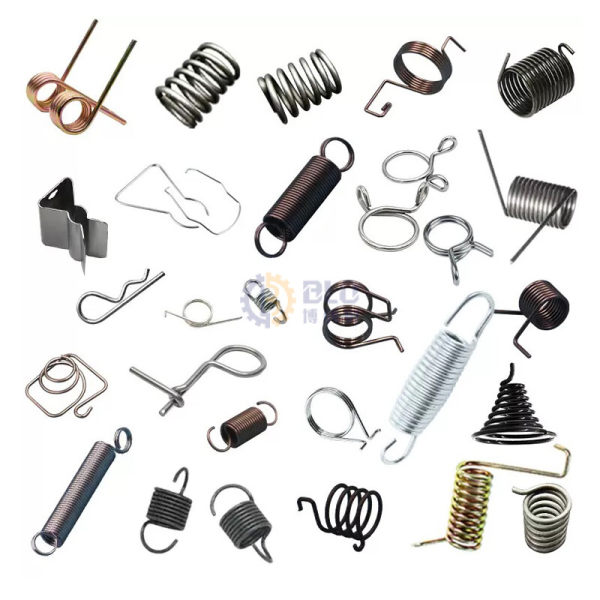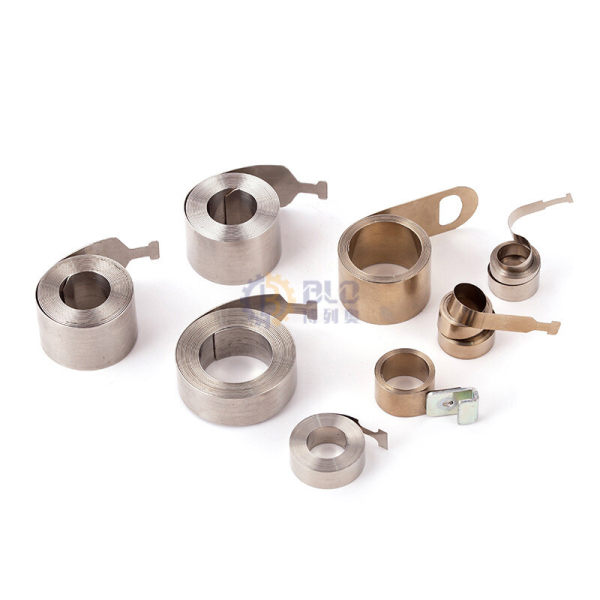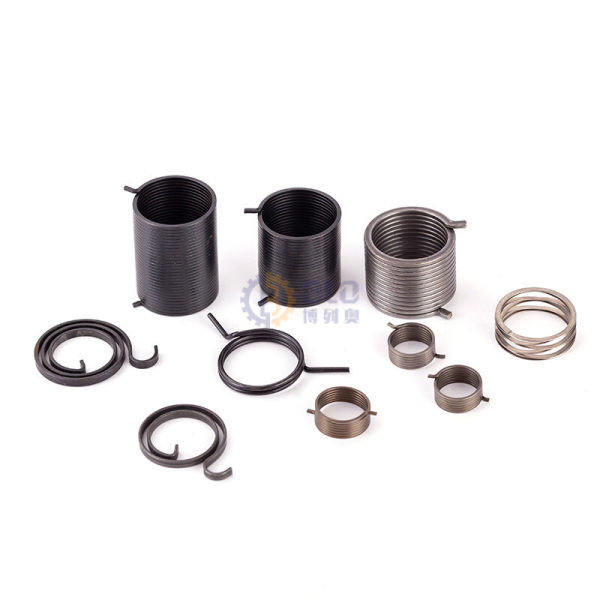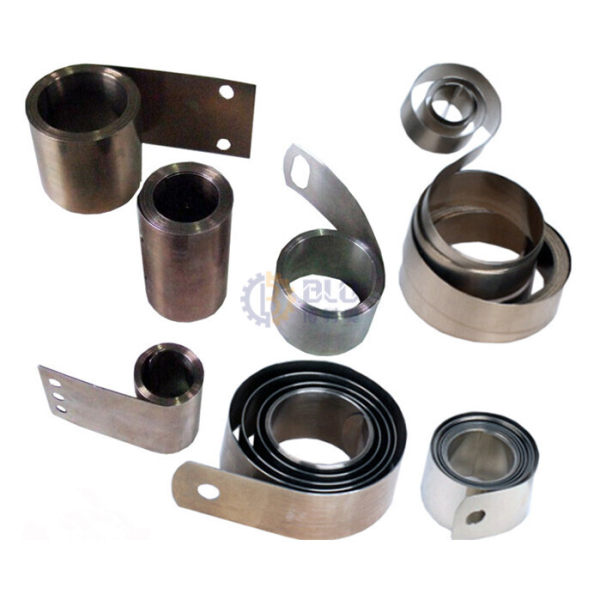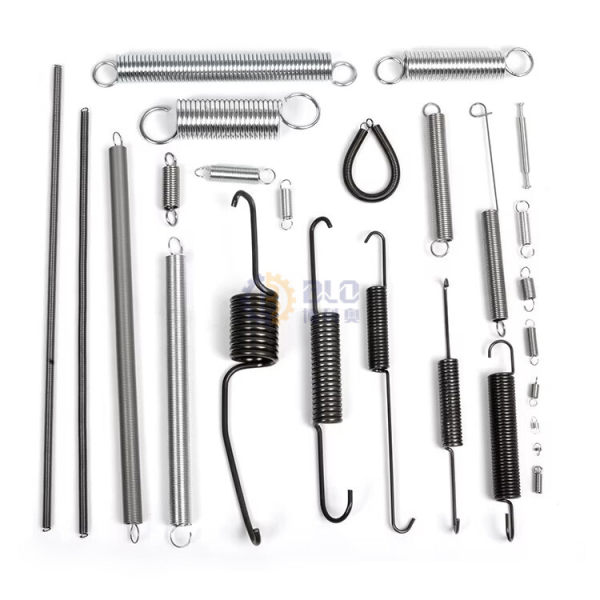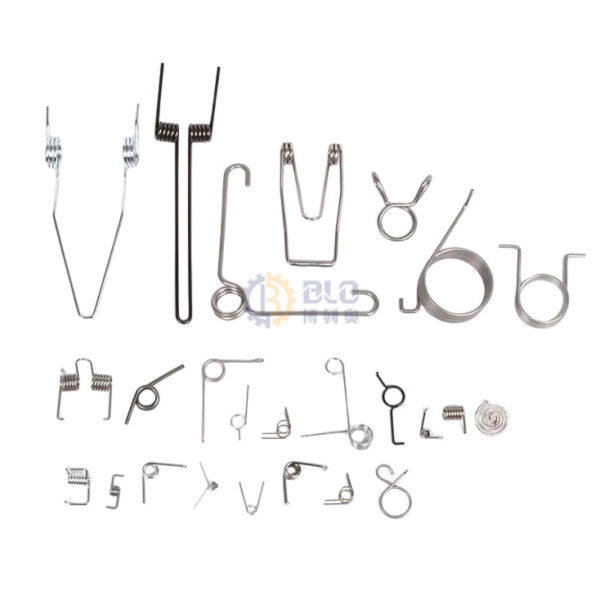01
Metal Turnover Box
A Metal Turnover Box is a robust, reusable storage and transport unit primarily used in industrial and logistical settings. As the name suggests, it is typically made from steel or wire mesh and features a unique "turnover" design that allows it to be stacked securely when full and nested inside one another when empty to save space.
Common Applications
Automotive Manufacturing: For transporting components like engine parts, brackets, and assemblies along the production line.
Aerospace: Handling delicate but heavy aircraft components.
Metal Fabrication: Moving raw materials, work-in-progress (WIP) items, and finished goods.
Logistics and Warehousing: As a standardized container for internal part distribution and kitting operations.
Just-in-Time (JIT) Production: They are ideal for delivering precise quantities of parts directly to the assembly line.
02
Metal Pallet
A metal pallet is a flat transport structure, similar to its wood or plastic counterparts, but constructed primarily from steel or aluminum. It is designed to support goods in a stable manner while being lifted by forklifts, pallet jacks, or other jacking devices. Metal pallets are the heavy-duty workhorses of the material handling world, chosen for their exceptional strength, durability, and longevity.
Types of Metal Pallets
Metal pallets are primarily categorized by their material and design.
1. By Material:
Steel Pallets: The most common type. They are extremely strong, rigid, and can handle the heaviest loads (often several tons). The downside is that they are very heavy and can be susceptible to rust if not properly coated or made of stainless steel.
Aluminum Pallets: Lighter than steel, making them easier to handle and reducing shipping weight (which can lower freight costs). They are naturally corrosion-resistant, making them ideal for food processing, pharmaceuticals, and international shipping. However, they are less strong than steel and generally more expensive.
Stainless Steel Pallets: Used in highly sanitized or corrosive environments. Common in food processing, chemical, and pharmaceutical industries where hygiene and resistance to harsh cleaning chemicals are paramount. They are the most expensive option.
2. By Design:
Open Deck Pallets: Feature a grid-like or wire mesh deck. This design is lighter, allows for spillage to pass through, and provides excellent airflow. Ideal for wash-down areas and storage systems where debris and water need to drain.
Closed Deck (Solid Deck) Pallets: Have a solid, flat metal surface. They provide superior support for small or fragile items and are easier to clean. They are often used for automated systems and heavy, dense products.
Post Pallets / Cage Pallets: Feature welded mesh or sheet metal sides to contain the load. This makes them perfect for stacking small items or for use in secure storage systems.
03
Machined Forging Parts
A Machined Forging Part is a component that is first shaped through the forging process and then has its critical features finished to high-precision tolerances via machining (e.g., CNC milling, drilling, turning).
In essence, it combines the superior strength and integrity of a forging with the dimensional accuracy and intricate detail of machining. This two-step process creates high-performance parts for the most demanding applications.
04
Spring Wire Products
Spring wire products are components manufactured from specially engineered wire, designed to store mechanical energy when deflected and release it when the force is removed. The core material, spring wire, is not a single type but a family of high-carbon or alloy steels (and other metals) processed to have very high yield strength and elasticity.
These products are fundamental engineering elements found in virtually every piece of machinery, vehicle, and device.
Common Types of Spring Wire Products
Spring wire products can be broadly categorized as follows:
A. Helical Springs (Coiled)
Compression Springs: The most common type. Designed to resist a compressive force. They are usually open-wound (with a pitch between coils) and compress when a load is applied. Applications: Automotive suspensions, mattresses, pens, valves.
Extension Springs: Designed to resist a stretching force. The coils are typically wound tight together, and the spring includes loops or hooks on the ends. Applications: Garage doors, trampolines, weighing scales.
Torsion Springs: Designed to resist a twisting or rotational force. The spring exerts a torque when it is rotated about its axis. Applications: Clothespins, mousetraps, car hinges, clipboards.
B. Flat Springs (Formed from Strip or Wire)
Leaf Springs: Made from flat plates of spring steel. Used primarily for suspension in vehicles, especially trucks and trailers, to carry heavy loads and absorb shocks.
Spring Clips & Retainers: Custom-formed flat or wire parts that snap into place to hold components together. Applications: Electronics housings, automotive interiors, medical devices.
C. Wire Forms (A subset of Spring Products)
These are products made from spring wire that may not store energy as their primary function but rely on the wire's properties for resilience and snap-action.
Retaining Rings: Snap into a groove to hold components on a shaft or in a housing.
Coat Hangers: The classic example of a simple wire form.
Paper Clips: A simple, ubiquitous wire form.
Custom Brackets and Clips: Used in appliances, furniture, and automotive assemblies for mounting and securing parts.
Ask For A Quick Quote
If you are looking for more information on our services, or how we could potentially help, we would love to hear from you!

